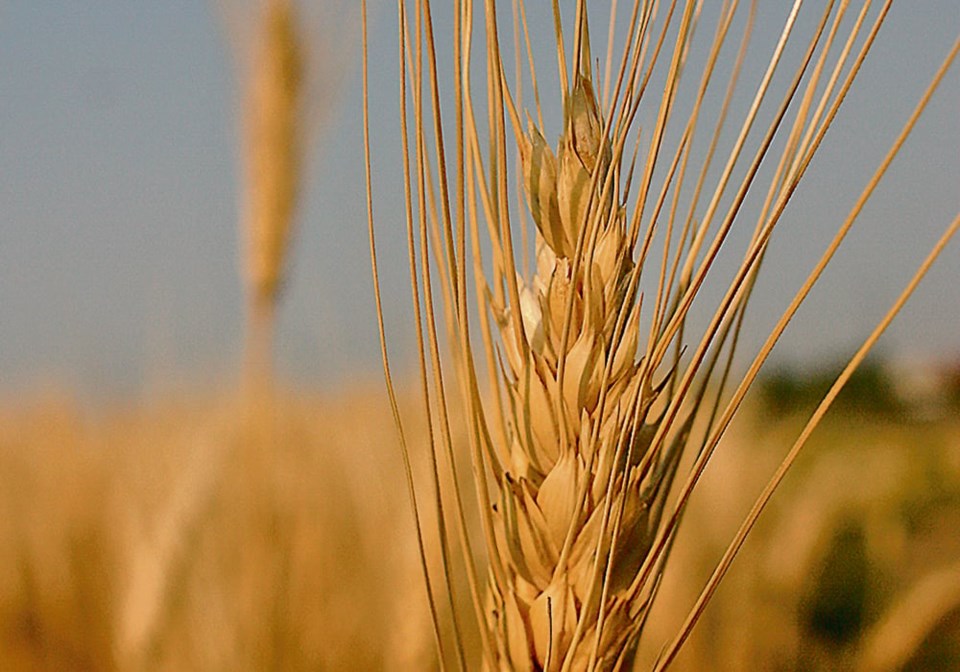WESTERN PRODUCER — A key durum growing and consuming region of the world should be in better shape in 2024 than it has been the past few years, according to a weather expert.
Drew Lerner, president of World Weather Inc., expects El Nino to bring improved growing conditions to North Africa and Spain during the critical part of the growing season in that February through April period.
“I think they will certainly do better than they have,” he said.
Lerner thinks El Nino will change the region’s fortunes. He is also encouraged by the warmer-than-normal temperatures in the North Atlantic Ocean and Mediterranean Sea.
“That will likely help support some moisture over the winter as well,” he said.
Lastly, El Nino tends to push cooler air south across Europe, which would enhance the “moisture feed” coming from the warm waters surrounding North Africa and Spain.
“There are plenty of reasons to expect improvement in this particular season coming up,” said Lerner.
However, he anticipates a dry start to the wheat/durum planting season, which begins in mid-October and runs through early-January.
The rains might not come until late-November or December because cool weather is going to be slower than normal to evolve in the Northern Hemisphere this winter.
Algeria indeed appears to be off to a slow start with its wheat crop, according to a recent report by the U.S. Department of Agriculture’s Foreign Agricultural Service (FAS).
Farmers in that country are just starting to plant what will become the 2024-25 wheat crop.
Cumulative precipitation has been average so far this planting season. However, soil moisture levels are well below average, hovering near the minimum level for the Mediterranean coast in September.
“The soil moisture data corroborates local press and anecdotal reports that Algeria is suffering through drought,” said the FAS.
It is forecasting that total wheat production will “remain in line” with last year’s level of 2.7 million tonnes, which was 27 percent below the previous year.
The report did not contain a durum estimate.
Total wheat imports are forecast at 8.7 million tonnes, a seven percent increase over 2023-24 levels.
That is good news for Canada’s durum growers because Algeria is a major buyer of the crop.
The country purchased 1.21 million tonnes of Canadian durum in 2022-23, tying with Italy as the top customer last year, according to Canadian Grain Commission statistics.
The North African country is always an important market, but last year’s imports were particularly robust due to drought.
Most of Algeria’s wheat crop is grown in the northern part of the country and will be harvested from May through August 2024.
It is the second-largest wheat consuming country in North Africa behind Egypt. The country’s total wheat consumption is expected to reach 11.2 million tonnes in 2024-25.
“Baguettes and flat breads are part of the daily Algerian diet, while couscous is traditionally consumed at least once a week, on a Friday,” said the FAS.
Contact [email protected]
Bookmark SASKTODAY.ca, Saskatchewan's home page, at this link.




